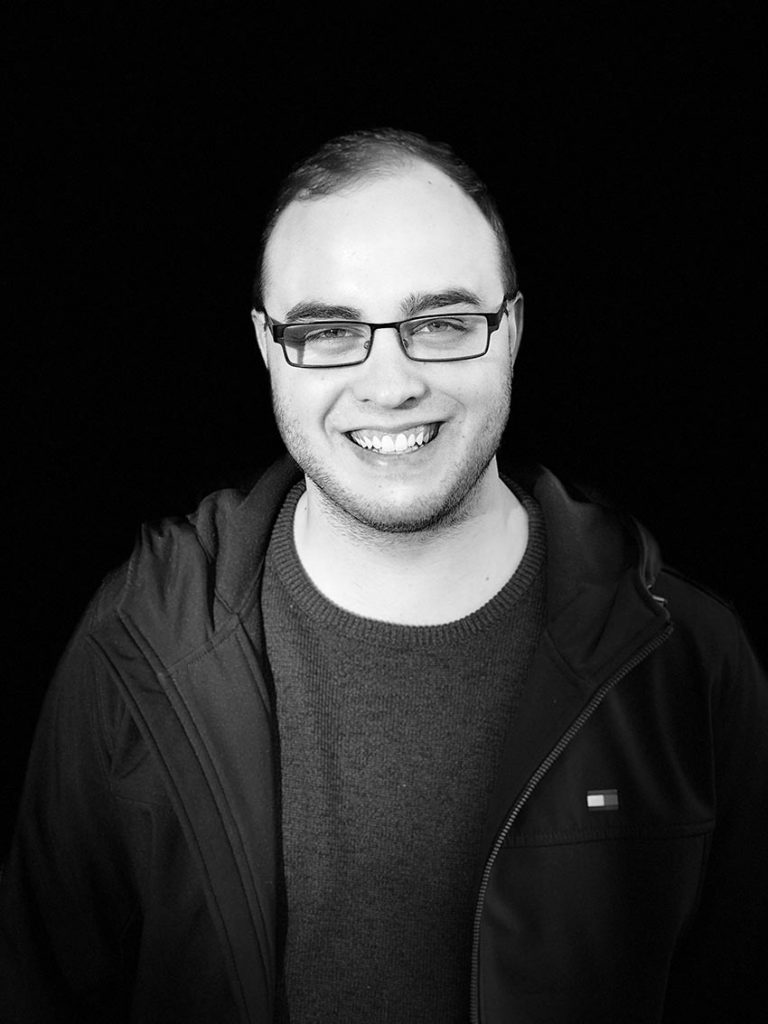1NCE is an IoT software company that delivers IoT like electricity – accessible and ready for consumption by companies, cities and governments in nearly 160 countries. IoT is a loaded term, but in just a few words, 1NCE enables organizations to easily access powerful data insights through IoT.
Interview with Jan Sulaiman, Global Director, Solution Engineering at 1NCE.
Easy Engineering: What are the main areas of activity of the company?
Jan Sulaiman: We’re a software company at our core. Our mission is to deliver true cross-border, future-proof IoT without uncertainty or hassle. In nearly 160 countries, 1NCE turns connectivity into electricity ready for consumption – opening the world of IoT to innovators who will dramatically improve the environment, healthcare, public safety, the supply chain and more. The 1NCE Lifetime Flat rate is simple: for $10/€10, customers can deploy, connect, and manage IoT sensors across the world for as little as a dollar per year per device.

E.E: What’s the news about new products?
J.S: In January, we announced a significant expansion of our work in software with the launch of 1NCE OS. It’s designed for easy integration of 1NCE’s connectivity and software features into IoT projects of any scale, for new and existing projects alike. Using 1NCE OS for device and cloud integration, customers can accelerate time-to-market for IoT projects by months. One of 1NCE’s core principles is that customer data isn’t to be monetized and used to sell additional services. Instead, 1NCE is transparent about turning data into tools like 1NCE OS that are included in the global lifetime flat rate. And we only support open source interfaces, ensuring customers are not getting locked in.
E.E: What are the ranges of products?
J.S: 1NCE’s software and connectivity don’t lend to a wide range of products, instead we’re focused on the breadth of a comprehensive offering that makes IoT easy and simple.
Geographical distinctions no longer matter for companies and organizations trying to receive, catalog and dissect data from their IoT sensors. Quite simply, 1NCE customers realize a new world of possibilities to improve their operations and the world in unexpected and powerful ways.

Jan Sulaiman, Global Director, Solution Engineering at 1NCE.
1NCE currently delivers unrivaled global IoT connectivity and software services – managing 15 million+ global, fast, secure and reliable connections in nearly 160 countries for our customers. The global platform underpinning the 1NCE IoT Lifetime Flat rate is built on a lean, virtualized and cloud-based core network, with a streamlined and fully automated business support system. All components and features have been developed with a clear focus on reducing IT complexity, while also increasing usability and scalability.
E.E: At what stage is the market where you are currently active?
J.S: 1NCE started selling to customers in 2018 and we’ve had three consecutive years of tripling our revenue. At launch, our focus was on SIM cards and connectivity, but today our primary emphasis is on software, providing a lifetime license for customers to connect and manage their IoT devices with ease and simplicity.
We have approximately 12,000 customers managing 15 million connections across the globe.

E.E: What can you tell us about market trends?
J.S: Through Q1, AI is the word that’s dominating every big picture conversation in tech and engineering. The importance of this tech can’t be understated. We’ve barely scratched the surface of what AI can do, as well as the limits that need to be in place. Engineers are going to have a lot of fun testing out new tools, but there’s going to be more talk than action on AI in the near-term. It’s such a trendy topic that business executives are aggressively asking every unit and department what they can do with AI. So expect a lot of investment and testing, and unfortunately, that is likely to come at the expense of other tech that might have more immediate, real world results.
That said, one big change for 2023: AI-powered devices and systems will start to become more efficient, eliminating manual processes and enabling businesses to make decisions faster.


